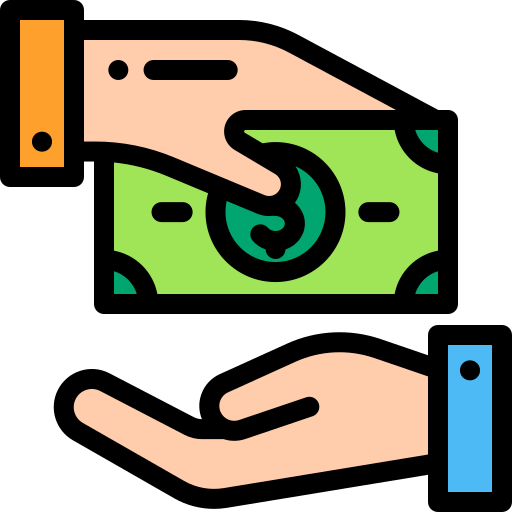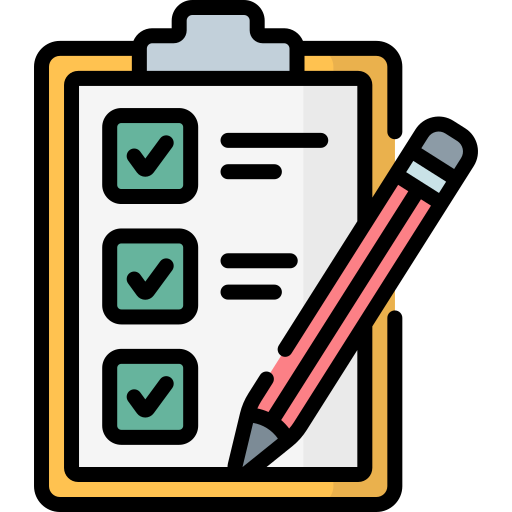
This logo isn't an ad or affiliate link. It's an organization that shares in our mission, and empowered the authors to share their insights in Byte form.
Rumie vets Bytes for compliance with our
Standards.
The organization is responsible for the completeness and reliability of the content.
Learn more
about how Rumie works with partners.
Are you nervous about making a big purchase? Do you feel uneasy carrying large amounts of cash?

If so, it might be time to learn about money orders as alternative ways of paying for things.
When should I use a money order?

Money orders are used for:
Paying bills or making down payments.
When you feel uncomfortable having a lot of cash on hand for a purchase.
Sending money internationally.
Making purchases without a checking account.
Sometimes using a check or giving out your bank info may feel risky, like if you were meeting up with someone you met online to purchase furniture. Other times a place may not take checks or cash. This is when a money order is useful!
Did you know?
This Byte was created by a volunteer professional that wanted to share this insight to help you succeed - no agenda, no cost.
What are the pros and cons of money orders?
 Pros:
Pros:
Payment is guaranteed. There's no risk the money order will bounce because it's prepaid.
They're a safe alternative to sending cash. Only the person named on the money order can redeem it.
No bank account is needed. You don't need a checking account to send one.
They can be sent internationally. Some places will let you send money orders to different countries.
Less personal information is used. Money orders don't need info like your bank or routing number to be sent.
They can be replaced if lost. Money orders can be replaced as long as you have a receipt for it.
 Cons:
Cons:
The amount is limited. Most money orders can't exceed $1000, so you may have to send multiple money orders for a very large sum of money.
They have to be purchased in person. You can't purchase a money order online.
They take longer to process. A money order either has to be cashed in somewhere that accepts them or deposited into a bank account, which could be slower than a digital transfer.
They're hard to reverse. You can't reverse a money order if you sent it to the wrong person and they've already cashed it!
They include a processing fee. However, the fee is usually minimal ($2-5).
Quiz
When is it a bad idea to use a money order?
Money orders should be used for larger purchases because they require a fee to create. Using a money order for multiple small items could become more costly than other payment methods!
Take Action

Now that you know what a money order is, consider using one the next time you need to make a big purchase!
This Byte has been authored by
Dante Legaspi
IT Admin Support Lead
MS. ED
